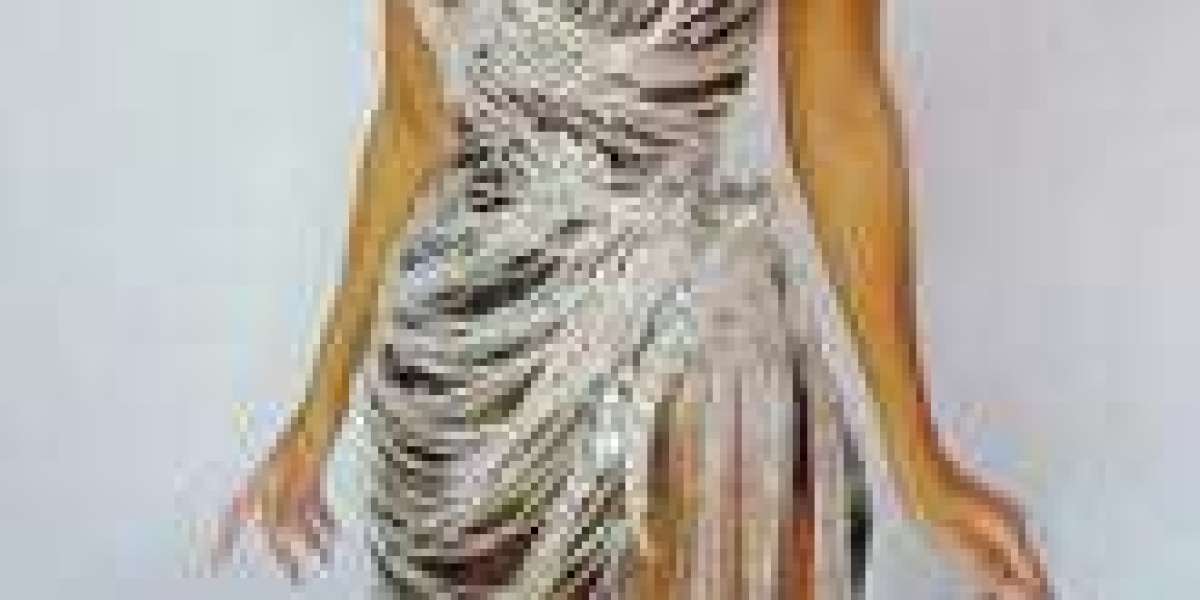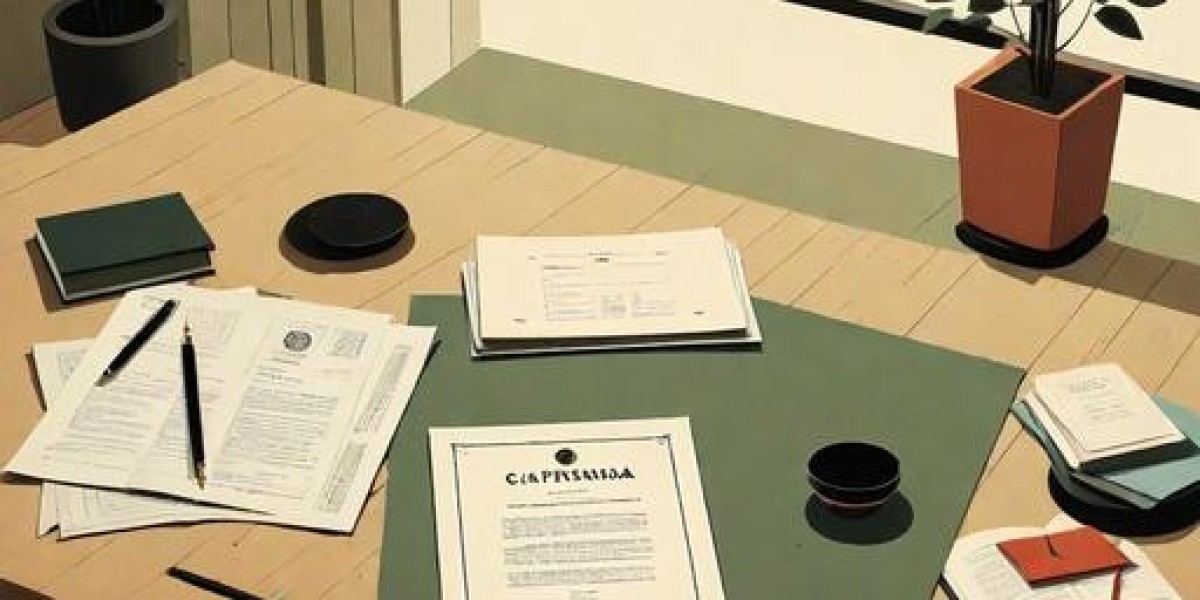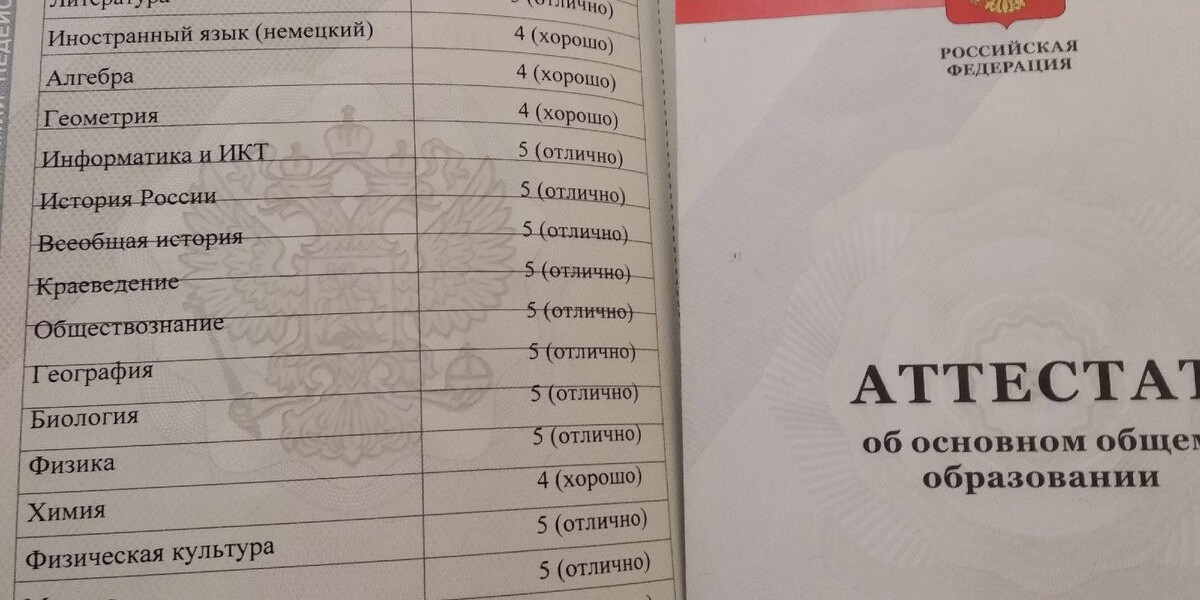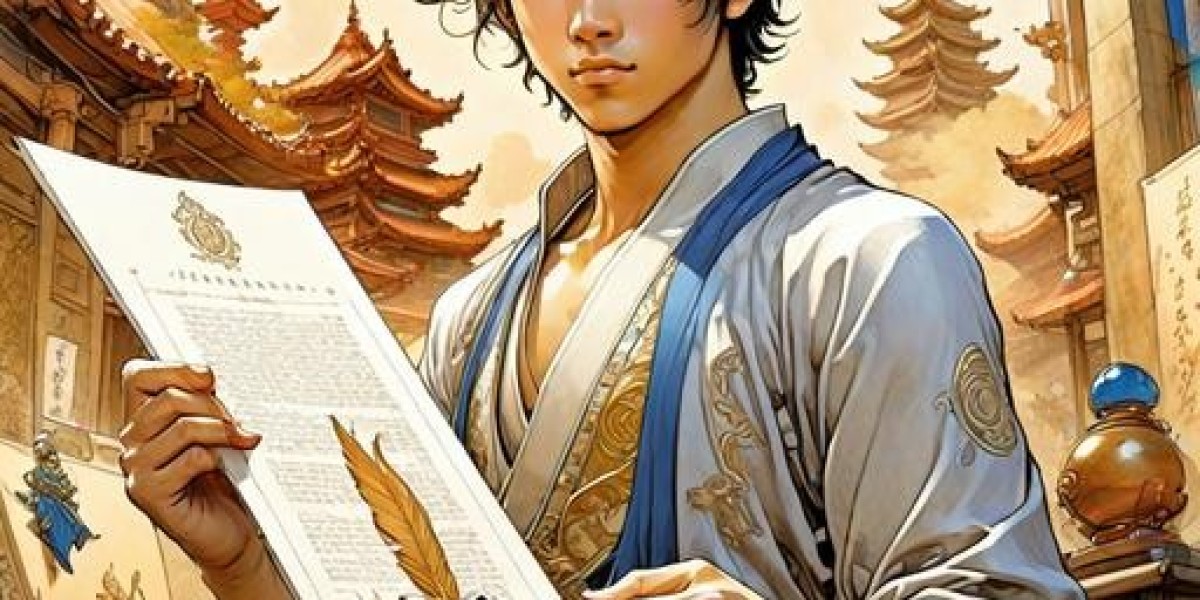Chinese character calligraphy is an ancient art form that carries layers of meaning far beyond the simple act of putting ink on paper. At first glance, it may look like beautiful handwriting or artistic expression, but this traditional practice holds cultural, philosophical, and even spiritual significance in Chinese history. Exploring Chinese character calligraphy unveils a rich tapestry of history, aesthetics, and identity, making it a fascinating subject for anyone interested in Chinese culture and arts.
The Origins and Cultural Roots
Chinese character calligraphy dates back thousands of years and is one of the oldest continuous artistic traditions in the world. Unlike alphabets used in many languages, Chinese characters are logograms—each symbol represents a word or meaningful part of a word. The skillful formation of these characters has been an essential practice, serving not only communication but also artistic expression.
The earliest examples of Chinese calligraphy are found on oracle bones and bronze vessels from the Shang and Zhou dynasties, where inscriptions were used for divination and ritual purposes. Over centuries, calligraphy evolved into a respected art form practiced by scholars, poets, and emperors alike, reflecting their intellect and moral values.
Understanding the Essence of Chinese Character Calligraphy
The beauty of Chinese character calligraphy lies in the balance between form and meaning. Each stroke in a character has a prescribed order and style, and the calligrapher’s skill shows in the flow, pressure, and rhythm of the brushwork. The practice demands a deep understanding of the structure of characters, and mastering it requires patience and precision.
Beyond the visual appeal, Chinese character calligraphy captures the personality and emotions of the writer. The style can range from the highly disciplined regular script (Kaishu) to the freer, more expressive cursive script (Caoshu). Each style reveals different moods and intentions, giving viewers insight into the calligrapher’s state of mind.
Philosophical and Spiritual Dimensions
Chinese character calligraphy is closely linked to traditional Chinese philosophy, especially Confucianism, Daoism, and Buddhism. The act of writing calligraphy is considered a form of meditation, requiring concentration, balance, and harmony between the body and mind. Calligraphers often describe the brush as an extension of the spirit; the energy flow (Qi) is believed to travel through the brush to the paper.
This spiritual connection means that calligraphy is not merely about aesthetics but also a practice to cultivate inner peace and moral integrity. It reflects the harmony between human beings and nature, a core idea in Chinese thought.
The Role of Chinese Character Calligraphy in Society
Throughout Chinese history, calligraphy was a key marker of education and social status. Scholars who excelled at calligraphy often gained respect and prestigious government positions. The imperial examination system, which determined entry into the bureaucracy, placed great importance on one’s ability to write beautifully.
In modern times, Chinese character calligraphy continues to hold cultural significance. It appears in artworks, architecture, and everyday items like scrolls, fans, and even commercial logos. Learning calligraphy is encouraged as a way to connect with Chinese heritage and develop discipline and artistic sensibility.
Techniques and Tools
The traditional tools used in Chinese character calligraphy are collectively known as the “Four Treasures of the Study”: the brush, ink, paper, and inkstone. Each component plays a vital role in the final outcome.
Brush: Made from animal hair, brushes come in various sizes and stiffness, affecting the thickness and texture of strokes.
Ink: Usually solid ink sticks are ground with water on an inkstone to produce rich, black ink.
Paper: Xuan paper is prized for its absorbency and durability, allowing for smooth brush movement.
Inkstone: Used for grinding the ink stick, the quality of the inkstone influences the texture of the ink.
Mastering these tools involves years of practice and deep appreciation for the materials.
Chinese Character Calligraphy in the Modern World
Today, Chinese character calligraphy is experiencing a revival as more people seek to preserve traditional arts. Schools and cultural centers offer classes, and exhibitions showcase the work of contemporary calligraphers who blend old techniques with new styles.
The art form also influences modern design, from fashion to digital media, where calligraphic elements add elegance and cultural depth. For businesses and brands, incorporating Chinese character calligraphy in logos or packaging can communicate authenticity and respect for heritage.
How to Start Learning Chinese Character Calligraphy
For beginners interested in exploring Chinese character calligraphy, it’s important to start with the basics—understanding the structure of characters and learning correct stroke order. Many resources, including books, online tutorials, and workshops, are available worldwide.
Practicing calligraphy develops fine motor skills, patience, and a sense of balance. It’s a rewarding hobby that offers insight into Chinese language and culture.
Final Thoughts
Chinese character calligraphy is much more than writing; it is a profound cultural treasure combining art, history, and philosophy. Each character reflects centuries of tradition, carrying meanings that go far beyond its literal sense. Whether admired as an art form or practiced as a craft, Chinese character calligraphy invites us into a deeper understanding of Chinese heritage and the enduring power of written language.
If you are drawn to exploring this art, embracing Chinese character calligraphy can open doors to a unique world where every stroke tells a story and every brush movement connects past and present. Engaging with this form not only enriches your appreciation for Chinese culture but also offers a meaningful way to express creativity and mindfulness.








